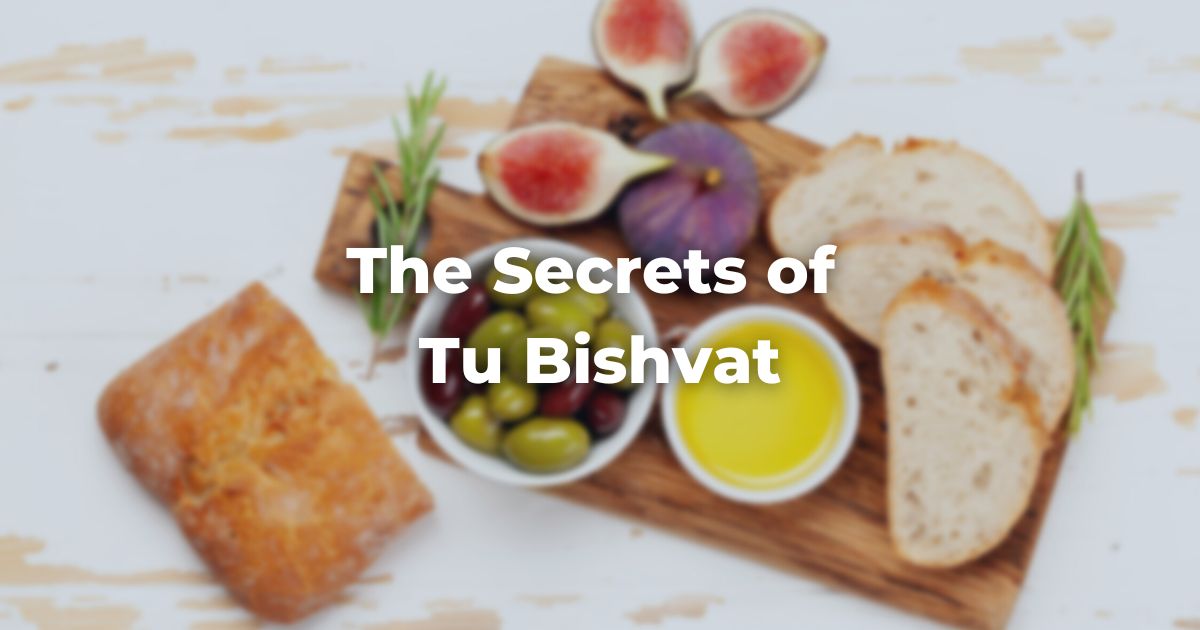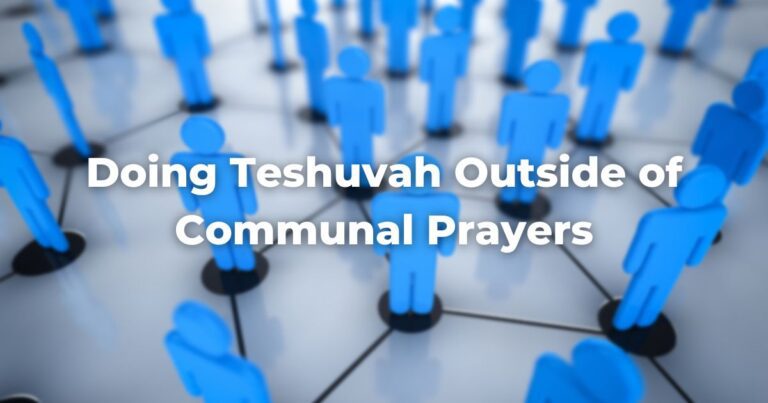In 1996, I was studying in Israel and Tu Bishvat, the 15th of the month of Shvat, came around. Before lunch one of my teachers gave a little speech about the holiday and I remember his question better than his answer:
Why is it that in the middle of the winter, we spend all this money to import dried fruit from Turkey?
Now, I don’t remember the answer.
But at the time, I remember thinking, that’s really funny and an excellent question!
Tu Bishvat is often referred to as the Jewish Arbor Day. This is what many of us grew up with – donating money to the Jewish National Fund (JNF) to buy and plant trees in Israel. Dried fruit was not heavily emphasized in my Jewish grade school, where I think most, if not all, would have gone into the trash.
The TorahRefers to the first five books of the Hebrew Bible, the Tanakh, also called the Five Books of Moses, Pentateuch or the Hebrew equivalent, Humash. This is also called the Written Torah. The term may also refer to teachings that expound on Jewish tradition. Read more doesn’t mention this day, but the MishnahA collection of rabbinic teachings edited in Israel around 225 CE. Organized in six sedaraim by subject matter and dealing with both ritual and civil law. Both the Jerusalem and Babylonian Talmud are expansive discussions of the Mishnah. Read more does.
While it is not referred to as a holiday; there is a modern analog – a fiscal year-end. Trees planted prior to the 15th of the month of Shvat enter their second year on the 15th. Lest you think this is strange, consider the calendar in South Korea.
From NPR – “South Korea currently uses three age-counting systems, but most citizens abide by the “Korean age,” where a person is 1 year old as soon as they are born, and gain one year on every New Year’s Day. And a baby born on Dec. 31 would be considered 2 years old the next day.”
This is the system for trees – as soon as planted, they are one. On Tu Bishvat – the 15th of Shvat – they turn two.
This all matters for fiscal reasons – trees of different ages have different tithing rules. For example, the produce of fruit trees under the age of three is forbidden – we do not pick it or eat it.
But what about those dried fruits?
In the Book of Devarim 8:8, we learn a little bit about the bounty of the Land of Israel “a land of wheat and barley, of vines, figs, and pomegranates, a land of olive trees and honey.”
While the Rabbis derived many laws from this one verse, I want to show practical applications of the produce listed in the verse.
If managed carefully, these seven species can go a long way to keeping a person fed for a whole year.
Remember, there is no fridge. No tomatoes on your porch. No maize. No preservatives other than fermentation, salting or drying.
In the Bible, wheat is “people food,” and barley is “animal food.” While that isn’t a hermetic rule, it is close to always true. Wheat is for bread, barley for animal fodder, and, in some places in the ancient world, beer.
Ancient Egypt is famous for its beer, and it is not a stretch to imagine that the sheikhar mentioned in the Torah is some kind of beer that was common in the area.
The vines mentioned here are grape vines, and we know that the ultimate application of those grapes was almost always wine. Like other plants, the grape is most valuable when fermented as it can be preserved.
Sure, there were fresh grapes but only for a few weeks. And there were raisins, but these were not considered the best use of the grape. (Don’t get me started on what the wine tasted like.)
Figs were, of course, eaten fresh, but mostly they were dried and made into cakes or hung on rings. Because they are so high in sugar, they last a very long time.
You can still buy fig cakes in the cheese section of supermarkets. Dates were also dried, but some were made into date honey, silan. This could last almost indefinitely, and this is the honey that the verse refers to – not bee honey.
While pomegranates are beautiful, they are highly perishable. Juicing them and then reducing the liquid to a paste gives us pomegranate molasses. This, too, lasts indefinitely and could be used as an acidifier – think salad dressing – or could be added to water for flavor.
In some communities, there was pomegranate wine which would also last for a very long time.
We still use olives in the same way they did in the ancient world – to make soap, candles, cooking oil, and balms. The pits and scraps were pressed until as dry as possible, and then the material could also be used as fuel. No waste whenever possible.
What’s missing?
There is not so much protein here – but it’s easy to imagine that a few sheep or goats would give milk on a regular basis. We could get cheese, hard and soft, and occasionally we may even eat one of the animals. Add a couple of chickens for eggs, and it’s a feast.
There were herbs and other produce that could be gathered to round out the larder.
So Tu Bishvat may not be the romantic planting of trees to support a reborn nation that it was when I was younger. But it is a great day to remember that we can do a lot with very little and celebrate bounty.
Author
-

Rabbi Mordechai Rackover serves as Editor in Chief of Exploring Judaism and Director of Publications and Digital Engagement at The Rabbinical Assembly. He has a background in education, campus work, and the pulpit. Mordechai studied for nearly a decade in a number of Yeshivot in Israel and has a BA in Jewish Studies from McGill University and an MA in Jewish Communal Leadership from Brandeis University. When not working he can be found reading or cooking and occasionally catering. Check out his Instagram for mouthwatering shots.
View all posts






